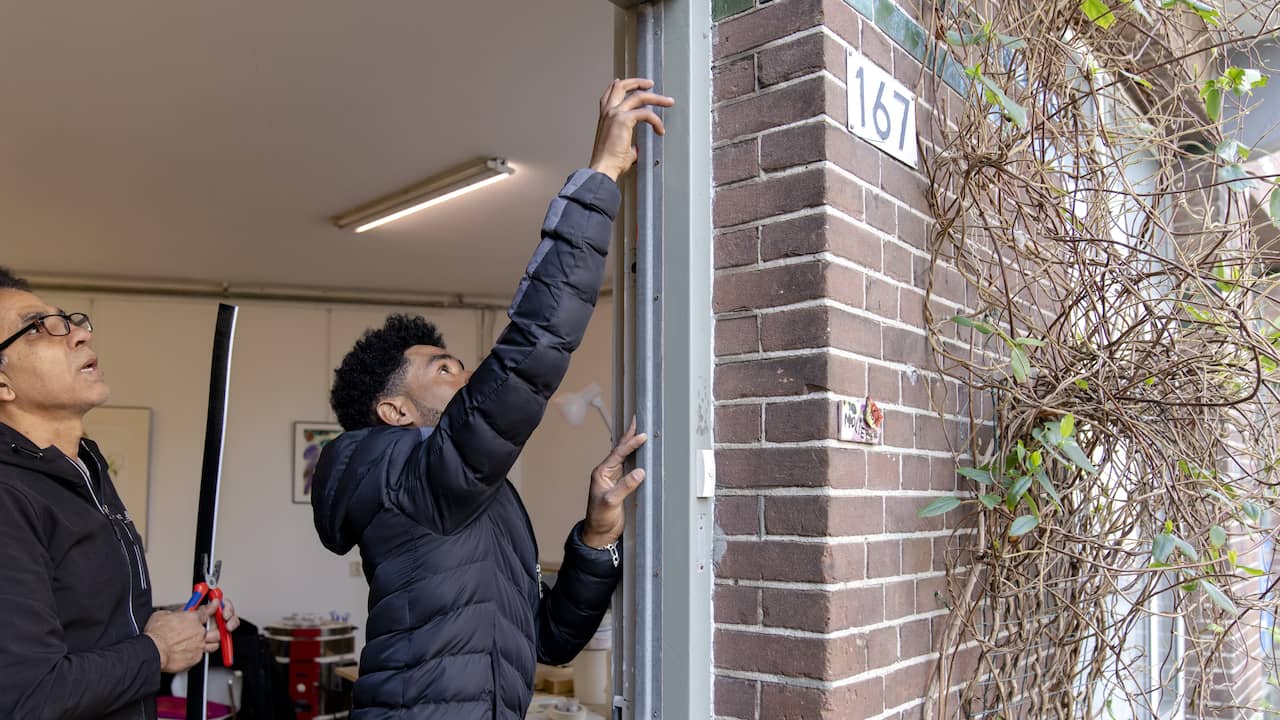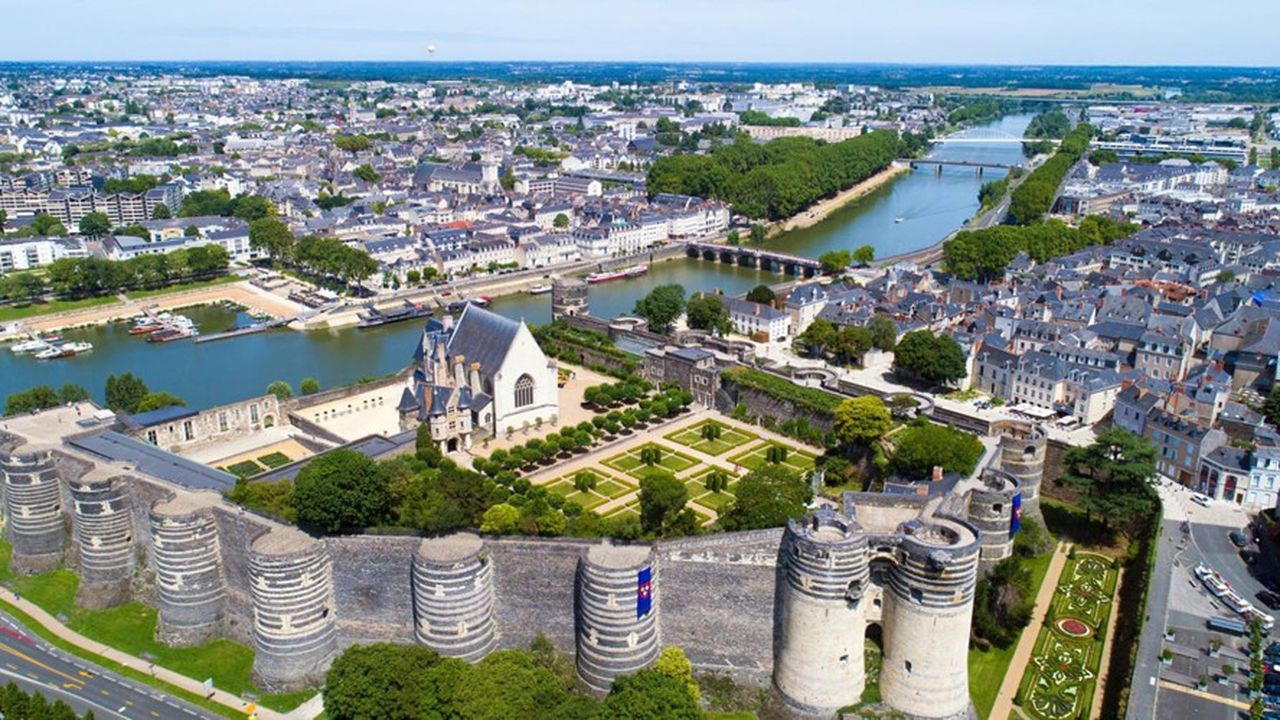There are still many poorly insulated houses in the Netherlands. In total, around 1.5 million homes with energy labels E, F or G need to be made more sustainable over the next seven years. The municipalities of Heemstede, Bloemendaal, Westerwolde, Laren and Haarlem in particular are faced with a major challenge.
This is evident from the Housing Monitor of Nature & Environment. Rob van Tilburg, program director of this environmental organization: “The government wants all homes with these energy labels gone by 2030. That’s a total of about 1.5 million homes. Seven years to hurry with, for example, insulation the houses”,
The environmental organization first checked whether houses with energy labels E, F or G are owned by private landlords, owner-occupiers or housing associations. Data from Statistics Netherlands and Kadaster were used for the research.
Van Tilburg: “Research shows that it is time to catch up enormously. Municipalities have to get to work, homeowners have to speed up and the government has to implement the announced policy.”
The five municipalities with the largest share of registered energy labels E, F and G are Heemstede, Bloemendaal, Westerwolde, Laren and Haarlem. Heemstede and Bloemendaal even have a share that is more than double the national average of 16%.
Nature & Environment also sees agreements made with real estate companies to reduce homes with poor energy labels are having an effect. There are no such agreements with private landlords. “A rental ban has been announced for houses labeled E, F or G, but this is still very unclear,” says Van Tilburg.


